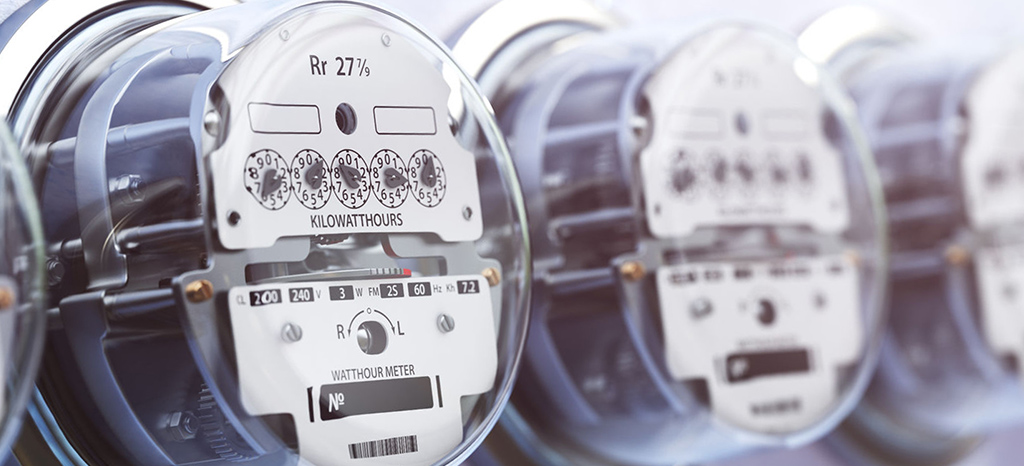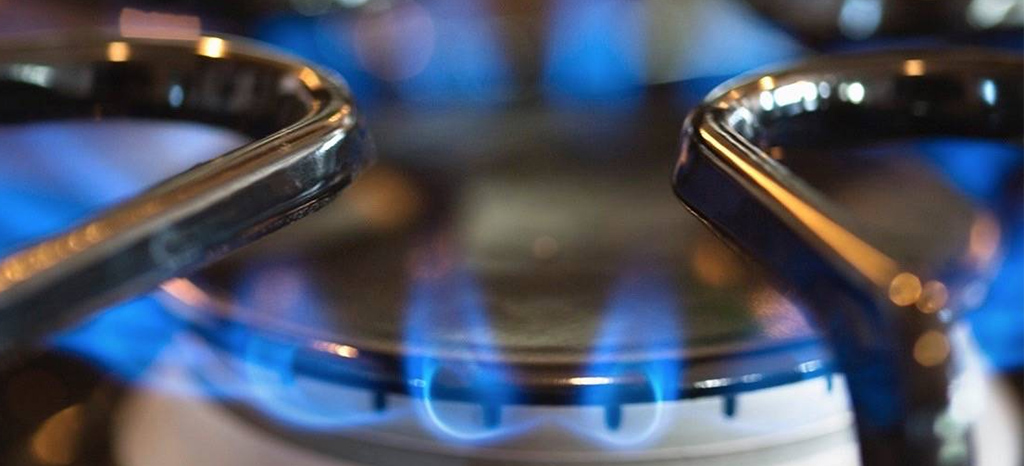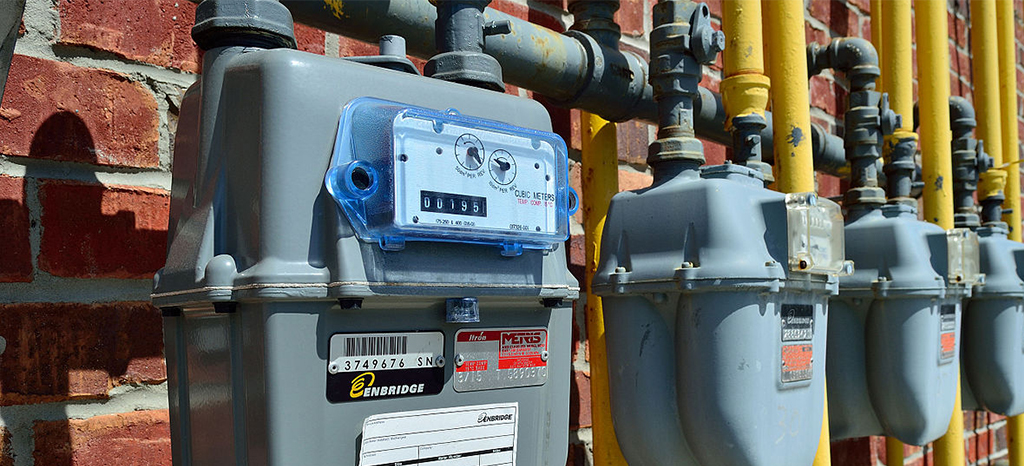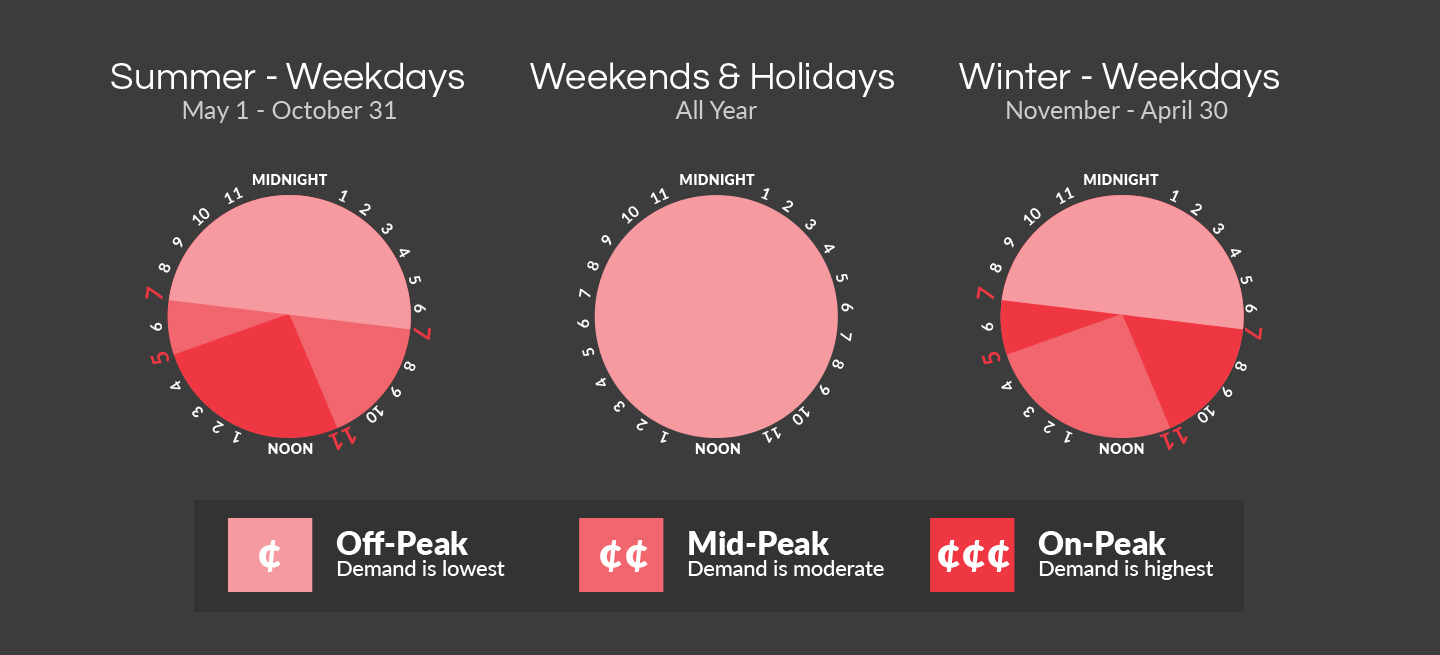Ontario Electricity rates going up November 1, 2020
Electricity rates are set to rise this weekend in Ontario, with the average customer seeing a nearly two per cent increase to their hydro bill compared to before the pandemic.
Earlier this month, the Ontario Energy Board announced new prices for households and small businesses that take effect on Sunday, Nov. 1.
How Electricity Rates Are Determined
To have an understanding of changes in electricity rates it is necessary to understand the factors which affect the production of electricity.
You may have noticed that electricity rates constantly vary. The variations in the price of electricity is due to a multitude of factors. The price of electricity is determined by the cost to construct, maintain, finance, and operate the power plants, electrical grid, and power lines.
Why Natural Gas Rates Fluctuate
Natural gas rates can be affected by a multitude of factors which affect the supply and demand for the resource on the market.
Price fluctuations in natural gas prices are due to changes in the supply and demand of the resource. As supply and demand changes, the price changes accordingly to bring natural gas back to its equilibrium price. A price equilibrium is the price at which supply and demand are equal and the market’s needs are met. These changes in supply and demand affect your natural gas rates so it’s best to understand exactly what causes these price fluctuations.
Understanding Ontario Natural Gas Rates
Ontario natural gas rates are regulated to give consumers the benefit of a stable and fair price for their natural gas usage.
In Ontario there are three regulated natural gas providers, these being: Union Gas, Enbridge Gas, and Natural Resource Gas. Consumers in Ontario are able to choose whether they would like to have their natural gas provided to them at a competitive rate through a retailer or from their local utility. Though there are only three regulated natural gas providers, there are many competitive retailers to choose from. The Ontario Energy Board (OEB) are who regulate the Ontario natural gas rates. The OEB has developed a code of conduct for gas retailers which provide consumers with a level of protection on the energy market. They also determine the cost associated with transmitting, storing, and delivering the natural gas. The price of natural gas is affected by a variety of factors and it can change based on the time of year, the market, weather patterns, major weather events, etc.
Reduce your Carbon Footprint with LED Lights
Our actions have an impact on the environment whether we like it or not, but doing a good deed for the planet can be as easy as switching to LED lights in your home.
We all know that as human beings, the choices we make have a huge impact on the future of our planet and the future generations that will inhabit it. For this reason, we should all have a level of responsibility for our personal impact on the world. Technological advancements have given us the option to choose environmentally friendly products that reduce our carbon footprint. A small but impactful change that you can make in your home to help the environment is to switch to LED lights.
Making Your Home Energy Efficient

Making your home energy efficient can be done at a low cost with some simple DIY methods.
You would think that it’s an expensive process to improve your home’s energy efficiency, but it doesn’t have to be. A full home renovation isn’t necessary to save some money in the long run. There are other simpler ways to become energy efficient. If you’re willing to change some of your habits and use some DIY methods you can create a more comfortable environment in your home and save yourself some money.
Here are some things you can do to make your home energy efficient:
Did you know proper sealing saves energy?
Caulking and Sealing Saves Energy – weatherstripping and caulking helps to keep heat and air conditioned air where it should be – in your home!
Constantly heating and cooling your home will not do much if your home has air leaking right out of it due to gaps between framing and door frames and other gaps in the house. Proper sealing saves energy because it is used to seal those gaps around moving and still parts in your home such as windows, doors, plumbing and more. Expanding foam caulk can fill gaps between doors and frames and non expending insulating foam can be used on things like baseboard, ceiling and tiles.
Energy savings Tips
Here is a simple list of energy savings tips that could trim your energy use.
- Install Dimmer Switches in your home– this helps you to use as much light as needed.
- LED Lighting – switch most widely used bulbs in your home to LED. Replace the rest as they burn out. LED bulbs use about 90 % less energy than regular bulbs.
- Wash Laundry in Cold water – For additional energy savings in your home wash laundry in cold water. About 90 % of energy usage in washing machines goes to heating water.
- Full Load Laundry and Dishwasher – You can maximize energy savings by only doing full load laundry and dishwashing. Laundry and dishwasher machines use lot electricity.
Windstream Energy aims to complete cancelled wind farm in Ontario
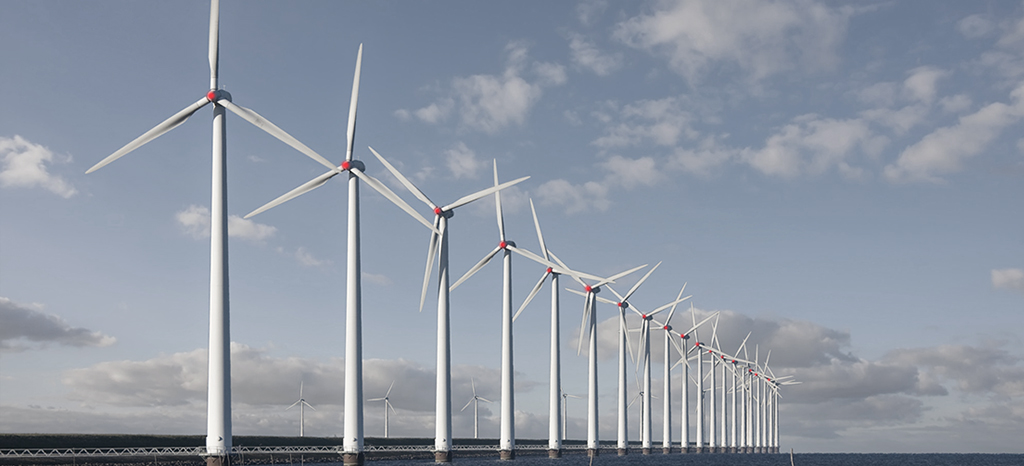
Windstream Energy LLC, the company that recently won $25-million in damages from a NAFTA tribunal because its offshore wind farm was cancelled by the Ontario government, says it still wants to go ahead with the project.
The proposed 100-turbine wind farm, planned for five kilometers off Kingston in Lake Ontario, is still viable and “we are prepared to go forward with this project,” Windstream director David Mars said in an interview Thursday. Indeed it would be more financially viable than it was when first proposed several years ago because offshore wind technology has improved, he said.
Time-of-use (TOU) Prices
The majority of Ontario electricity users pay time-of-use prices. If you’ve signed an electricity contract with a company, these prices will not affect you. There are three time-of-use price periods:
-
Off-peak, when demand for electricity is lowest. Ontario households use the majority of their electricity – nearly two thirds of it – during off-peak hours.
-
Mid-peak, when demand for electricity is moderate. These periods are during the daytime, but not the busiest times of day.
-
On-peak, when demand is highest. The busiest times of day. Generally when people are cooking, firing up their computers and running heaters or air conditioners.
The chart above below shows the price you pay today for electricity at different times of the day.
Fixed Price Energy
Canada Locations
Albertasoon
British Columbiasoon
Manitobasoon
Ontario
Quebecsoon
Saskatchewansoon
